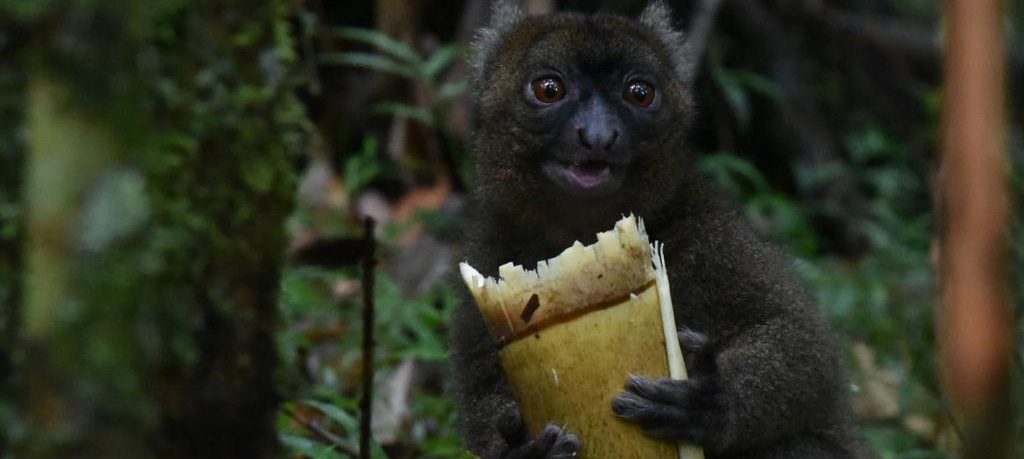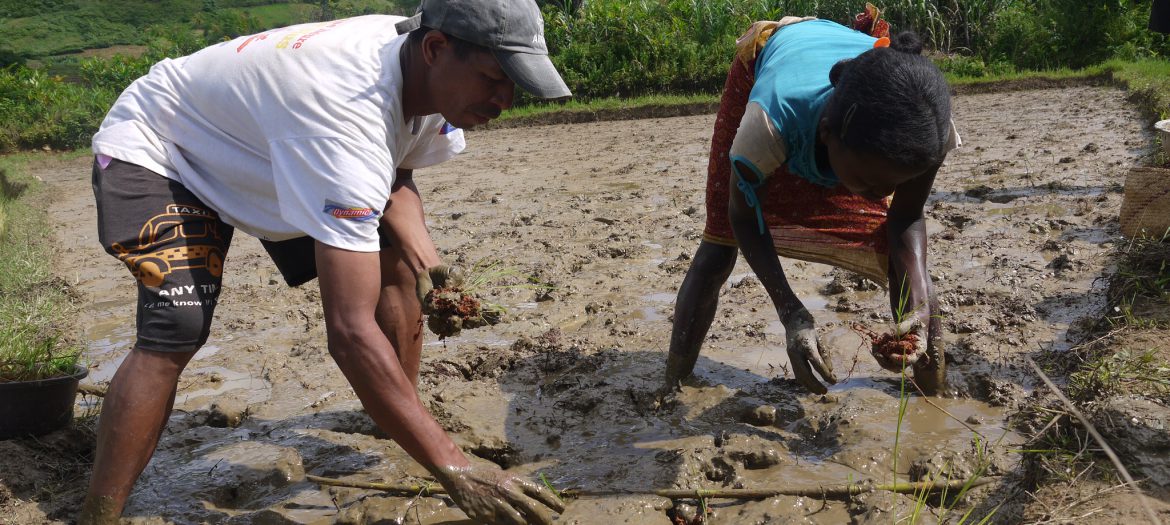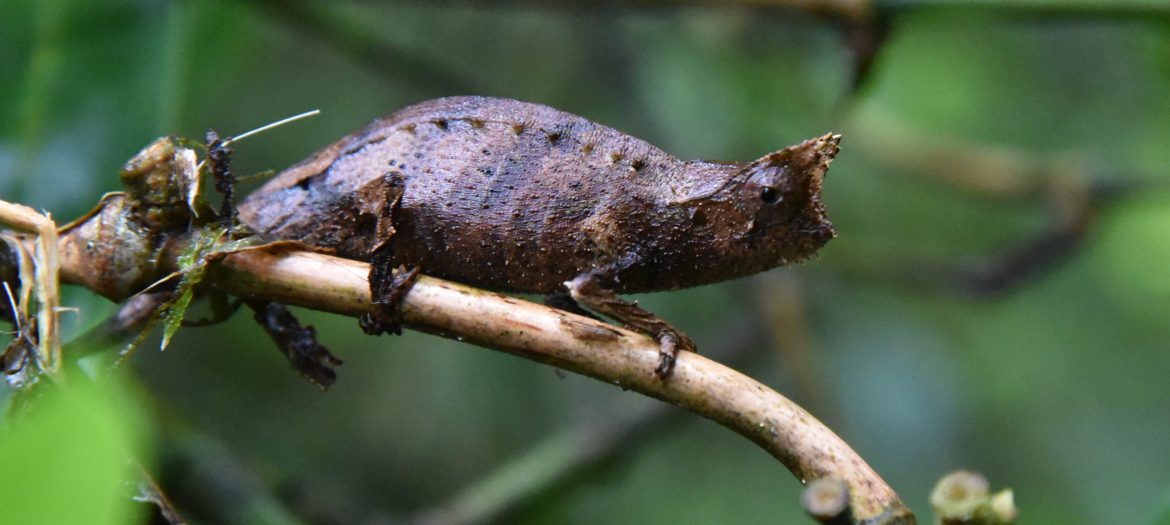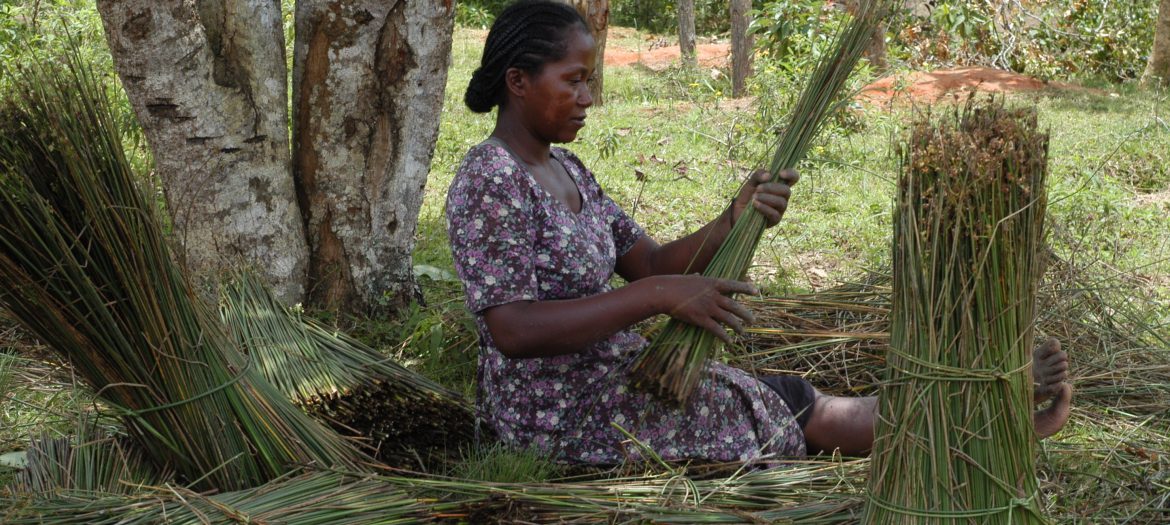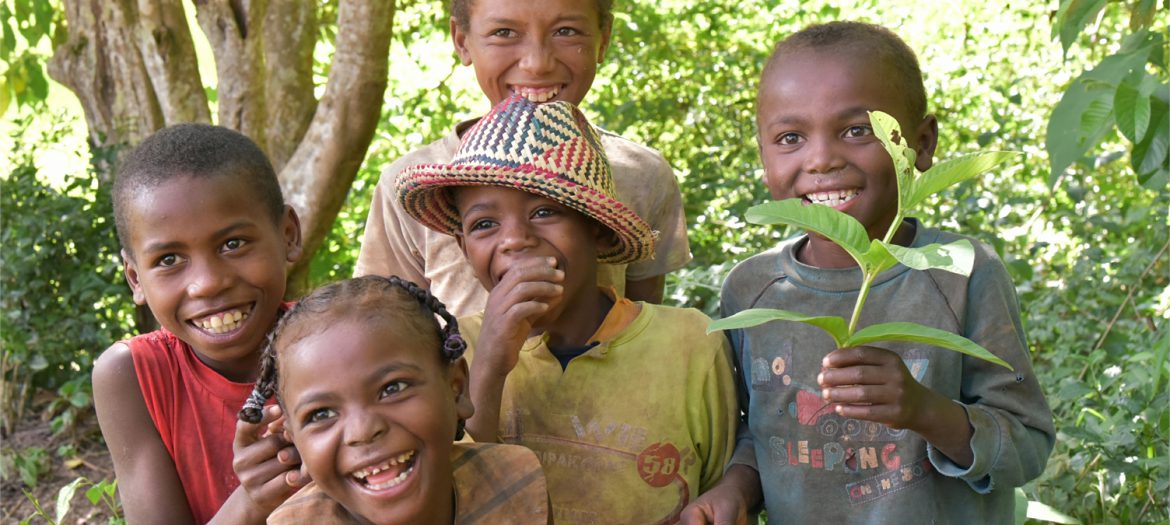The lack of access to water and sanitation is the leading cause of death worldwide. In Madagascar, this access remains one of the major challenges for the country’s development. The water management in terms of deficits and sanitation have a major impact on health, on education, on the economy and on the environment.
From the health point of view, diarrheal diseases related to poor system of the water system or the non-potability, causing a high rate of infant mortality. However, according to the World Health Organisation, access to drinking water and sanitation infrastructure could allow a reduction of over 30% of these risks, and the simple practice of washing hands with soap, decreased than 40%.

These changes in practice and habits should be instilled in the population. But how? Especially since often the means of communication to convey information effectively are not accessible to people in remote areas.
The Sekoly MAMAFISOA project Ny Tanintsika funded Adsum Foundation since 2014, aims to:
– Reduce the rate of morbidity and mortality in rural communities resulting from poor hygiene and sanitation, and lack of access to safe water, especially among children under 5;
-To promote environmental education and sustainable development and improve the school environment
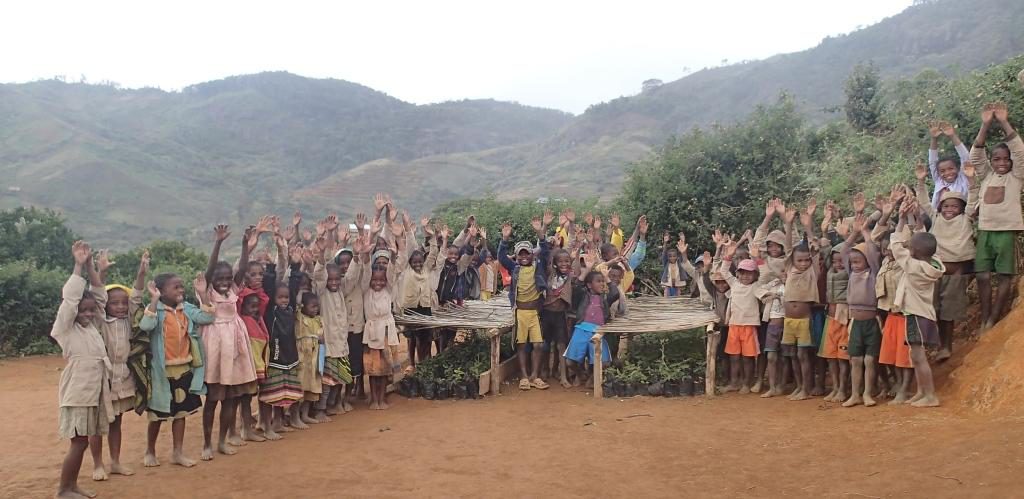
In our various past projects, children were found to be rapid and effective vectors to educate parents in this fight. That is why we have chosen to work primarily with schoolchildren aged 9-15 years in the classroom Public Primary Schools in rural towns Ambohimahamasina and Miarinarivo, Ambalavao district. The schools are the EPP Sahafy, Ampitambe, Ankarinomby, Sahamaina, Ambatovony, Anarafolaka, Miarinarivo, Ambalamanenjana, Soarano and Ikanjasoa. Each school formed a committee called Komki or Komity Kilonga (Children of the Committee).
Through this project, these schools thus become models in terms of infrastructure, promotion of best practices engines ‘WASH’ (Water, Sanitation & Hygiene) and examples for the school environment.
Ny Tanintsika set up latrines, washing facilities Hand and water filters in each school. For these students to educate their friends and families, they have lived their, be confident and have actually experienced the benefits of the infrastructure and practices related to them.
Awareness activities in other schools and within student residences are also conducted to increase the impact of the project and training is provided to teachers.
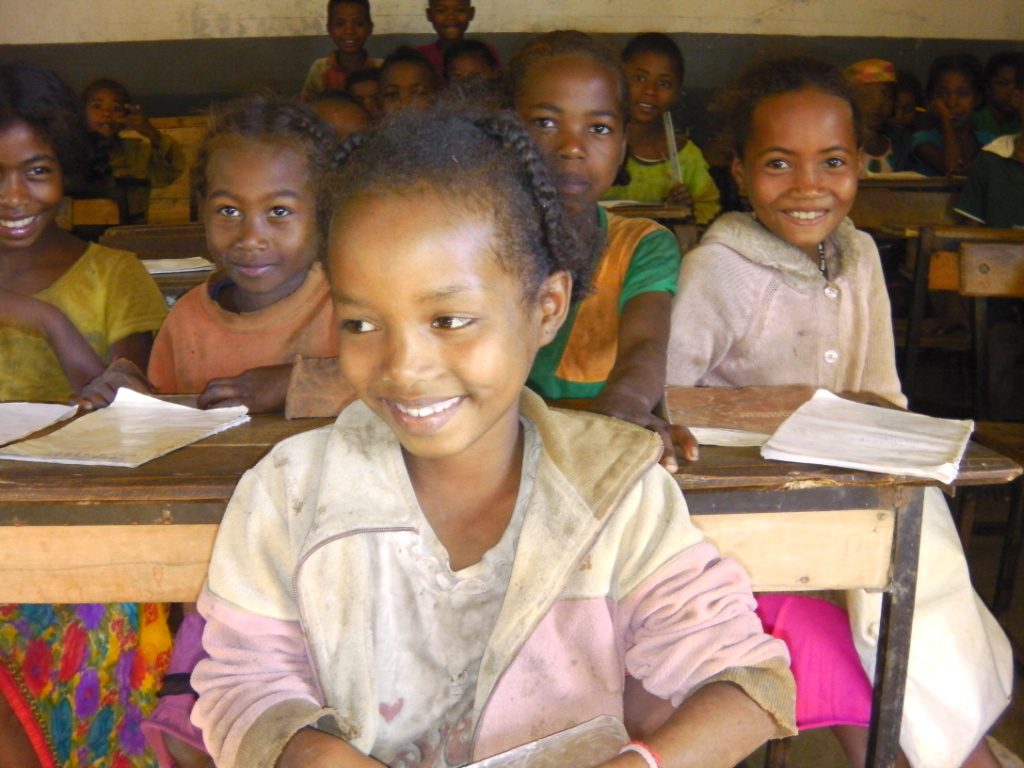
For KOMKI, children’s committees, the work focuses on empowering students the transmission of messages to communities and tracking the results in their own villages. Ny Tanintsika realised communication tools they use during their awareness as radio spots, posters, counselling cards, etc. … These schools also participate in the celebrations of international days on the water, toilets and washing hands with soap.
In addition, communal facilitators are trained following the approach « Community Lead Total Sanitation ‘(CLTS: CLTS community) to monitor the practices of’ WASH ‘activities. These agents identify defecation sites in the open and the rate of use of latrines for each village. Then they lead raising awareness of explaining the consequences of defecation in the open air to the whole community, especially by confronting them with reality, sometimes raw, and the negative impacts of these places of wild ease. Then to evoke the collective benefits to stopping these practices to encourage individual commitment for change at the community level. Late in the session, community members undertake to contribute to stop defecating in the open and show their willingness to create a clean and hygienic environment.
The targeted villages are in the border area of a new protected area (COFAV). The Sekoly FAMAFISOA project contributes more to the promotion of environmental protection in these natural areas and the team Ny Tanintsika supports the establishment of nursery schools and organises annual afforestation. We encourage teachers and students to create floral gardens in their establishments and to use hedges in order to protect trees from damage.
Each school finally has a vegetable garden that allows students to take an active part in their agricultural production and empowers them in achieving a community event. These gardens provide some food for school canteens.




